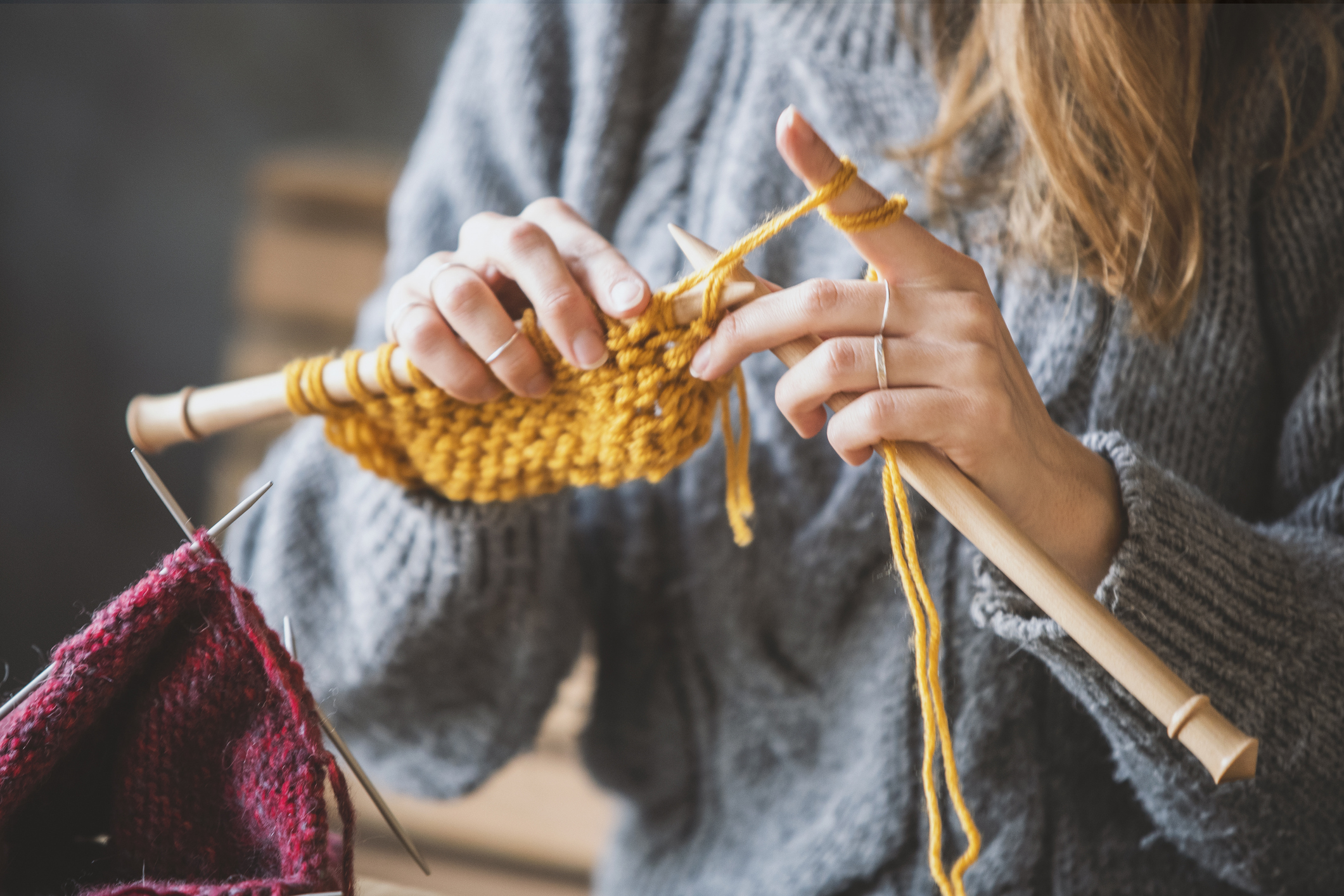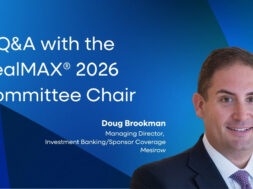Dealmaker Q&A: Blue Point’s Sean Ward on Crafting a Deal
Blue Point Capital Partners is growing a family of crafting products for loyal customers in the surprisingly resilient hobbyist space

Since Blue Point Capital Partners acquired Local Crafts (then Premier Needle Arts) in 2014, they’ve completed five add-ons to the family of fiber arts brands. Blue Point Partner Sean Ward discusses the fifth add-on, Jimmy Beans Wool, acquired in April, how they’re creating a differentiated family of beloved crafting brands for passionate hobbyists and why the space remains strong even in tough economic times.
Middle Market Growth: When sourcing this deal, what were you looking for in a target, and how did Jimmy Beans Wool meet those requirements?
Sean Ward: We weren’t looking for anything that different from what we were looking for in the earlier acquisitions: We were looking for a strong player in the niche that had a leading position. Jimmy Beans Wool’s founder, Laura Zander, who is now Local Crafts’ chief brand officer, is well known within the industry—she’s an icon. Not only was she U.S.A. Today’s 2025 Nevada Woman of the Year, she’s also a star of the upcoming Knit Stars masterclass, which is big in the industry. She’s just really special; she built a great company and we thought it fit well with Local Crafts.
MMG: What does the integration process for Jimmy Beans Wool and other add-ons look like?
SW: Jimmy Beans Wool will continue to be its own brand. If you look at the Local Crafts website, the brands we’ve acquired are proudly represented there. The goal is to continue to provide all these products that the market clearly wants in an efficient way. Now, an efficient way probably means some integration, because you don’t need to have four or five different distribution centers around the country when a couple will do. But, the goal is to bring on the best people who can continue to help us achieve our goal, then grow the platform organically, in addition to acquisitions.
MMG: When you first acquired Local Crafts in 2014, what initially attracted Blue Point to the crafting and hobbyist space?
SW: We were certainly more focused on the hobbyist aspect, because hobbyists do their hobbies in good times and in bad. I grew up in a family where my mother was an avid sewer and crocheter, and so were her sisters. I went to a fiber festival in Pittsburgh as a kid. My wife is an avid crafter, mainly a knitter. So, I know how they think: It’s not just what they do, it’s part of who they are. There are a lot of small businesses in the space that are looking to reach those hobbyists, and so that’s what attracted us.
Especially in uncertain times like these, the crafting industry still grows. It grows less than when things are good and the economy’s rip-roaring, because people have a lot of opportunities and a lot of disposable income. But we want to be there in the good times and in the bad, and just provide a quality product.
A lot of hobbyist firms, especially in the crafting space, were created by someone who is a practitioner of that hobby that was able to come up with a better idea—a better colorway, or better marketing for their product—but they’re not necessarily businesspeople, and they don’t want to be businesspeople. So, you have a space with a couple of very large players and then a tremendous number of very small, niche players that are beloved in some circles, but not as exposed in others. Our view is, if we do this the right way, we can take all the business stuff they don’t want to do off their plate and allow them to stay not just as the face of the brand, but as the practitioner of the hobby. We’re trying to keep them moving forward and growing.
MMG: What are some headwinds you’re watching in this space, and how will those impact your approach to value creation?
SW: Well, tariffs are an issue, but they’re an issue for everybody who’s bringing in natural fibers from overseas. We do have a brand that is a natural fiber producer in the United States, but most of it is coming from overseas, whether it’s Scotland, Ireland, the Scandinavian countries, Peru, Bolivia, wherever. So, everyone that’s bringing in Malabrigo wool from South America is facing the same tariff issue. We’re not worried about being at a competitive disadvantage because of that.
To be honest, we focus more on whether consumers will go down-market—they might not use their usual Malabrigo wool because it’s more expensive, they might use an acrylic or synthetic yarn that isn’t as nice to work with but has a better price point as prices move up. Crafters will continue crafting, but we want them to be doing it with our product, and we’re really striving to stay competitive on that front.
MMG: This is the fifth add-on for Local Crafts, and you’re seeking more—what does your growth strategy look like, and is it primarily M&A-focused, or are you targeting organic growth as well?
SW: Our Crochet.com subsidiary is one we started organically—there are a lot of websites and stores that talk about knitting, and crocheters are a bit of an afterthought. We started Crochet.com so that we could curate a package specifically for people who practice crochet as opposed to knitting, and that was organic.
We’re continuing to look at incremental brands. One of the ways that Laura built Jimmy Beans Wool was with Madelinetosh, a really well-known brand in the mom-and-pop yarn store world that was going out of business. Laura acquired the IP and the assets similar to how we would like to acquire other brands that will survive under a larger brand, so that we can continue to sell them to the marketplace. We also want to continue to develop and invest in more of the patterns, so people have other things that they can do and make and create. The whole goal is just to continue to grow, and like I said, we’re looking to partner with the smaller brands that are entrepreneur-owned, so those hobbyists can get back to their crafting while we handle the business side. If we can do that, then I think we serve both the consumer as well as the entrepreneur who started the business.
This interview has been edited and condensed for clarity.
Hilary Collins is ACG’s Associate Editor.
Middle Market Growth is produced by the Association for Corporate Growth. To learn more about the organization and how to become a member, visit www.acg.org.


